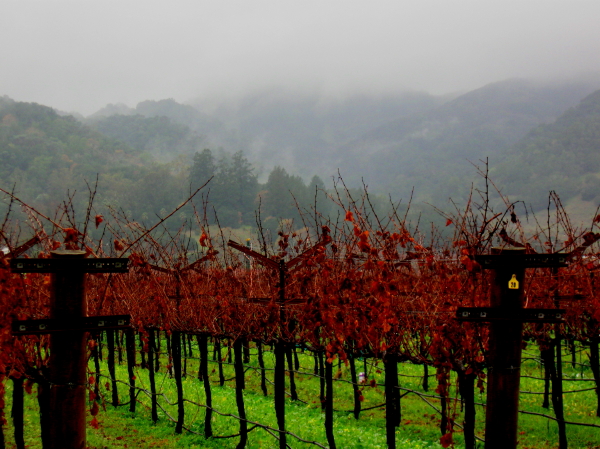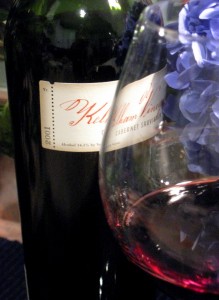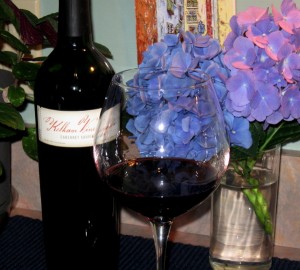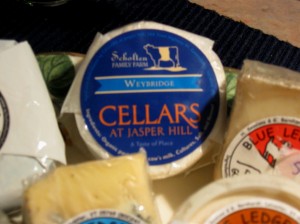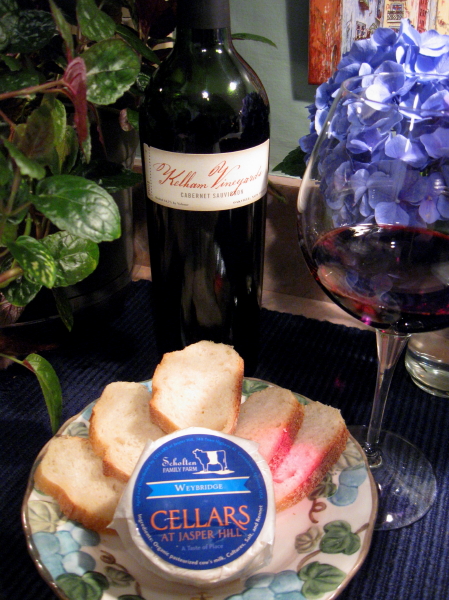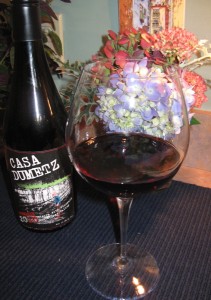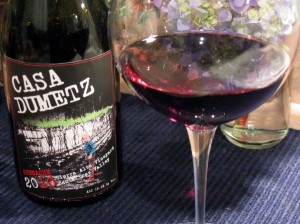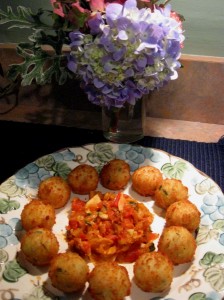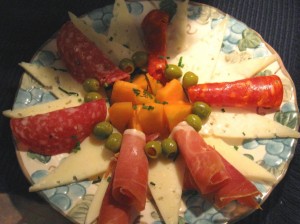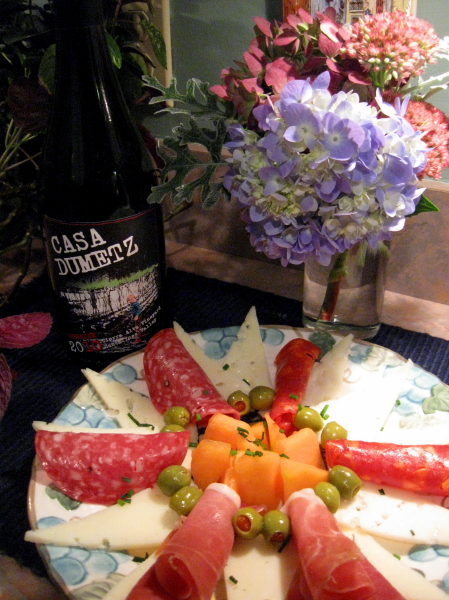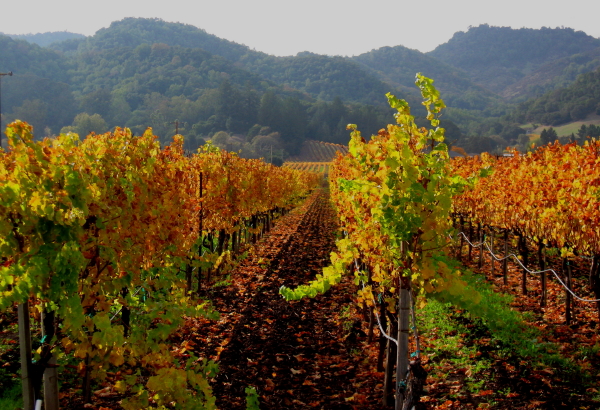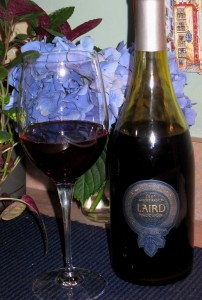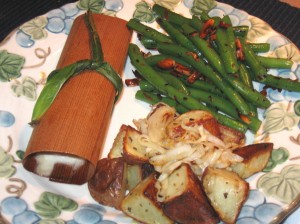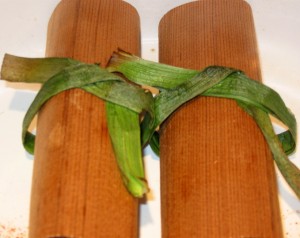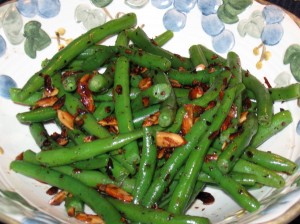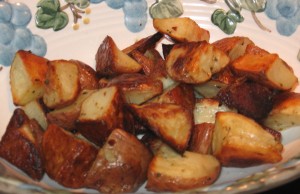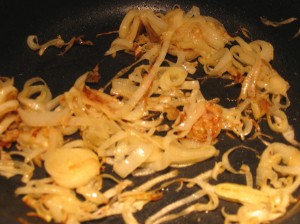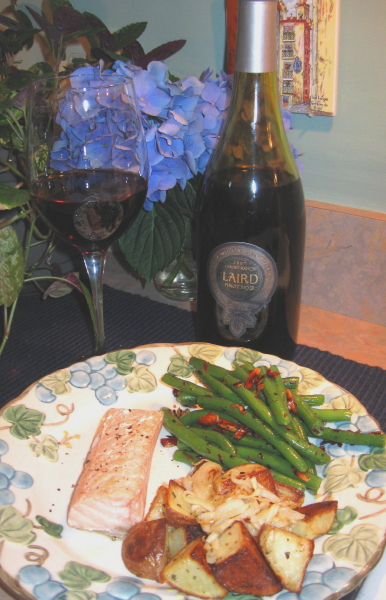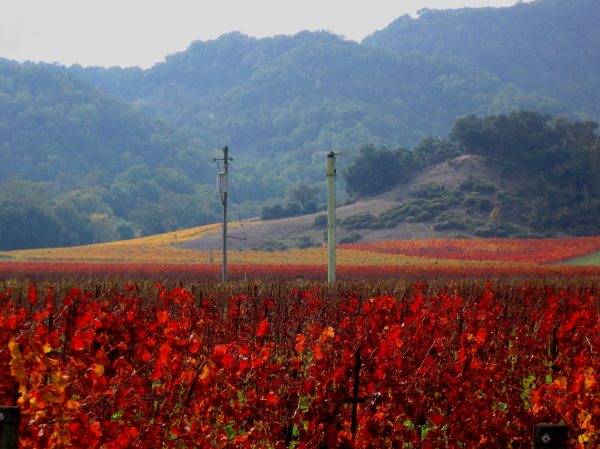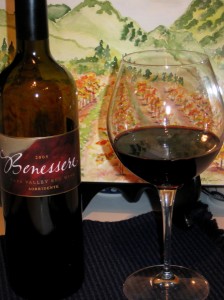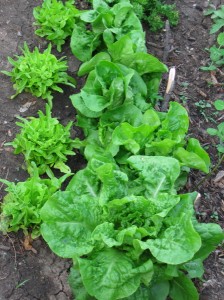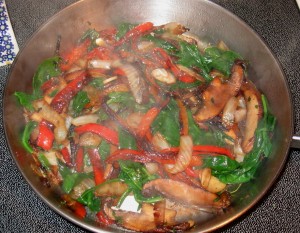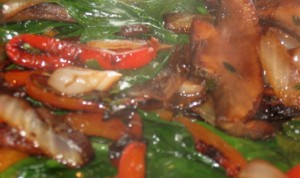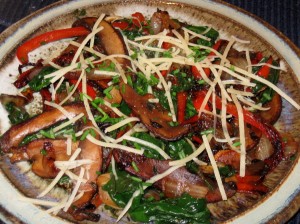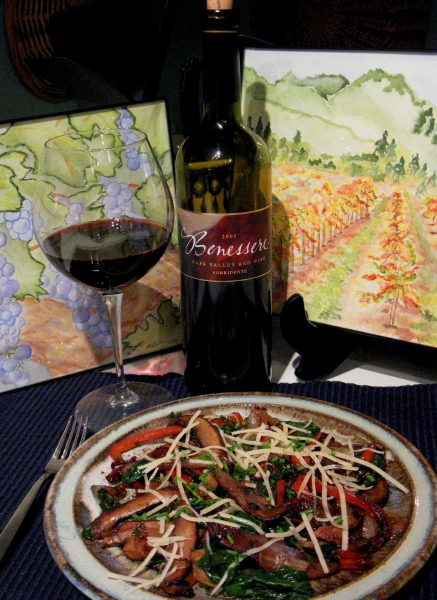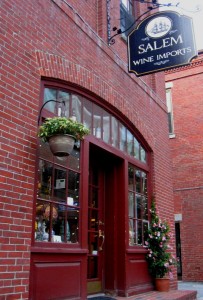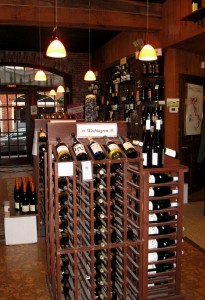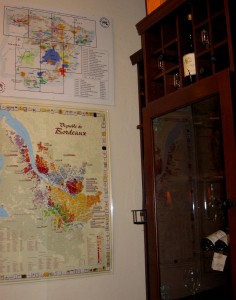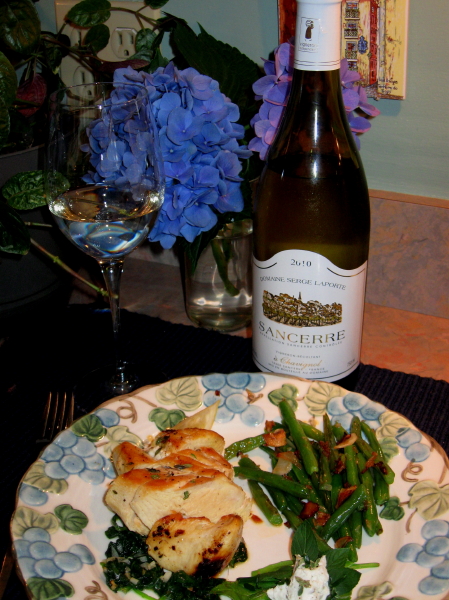Dec 13 2012
‘Tis The Season To Indulge
It is the height of the holiday season and at every turn there is some temptation under our nose. Appetizers at holiday parties swirl around us, neighbors ring doorbells with drive-by gifting of baked goods and a never-ending fusion of sugar meets the eye. Despite all the hubbub and activity, there is still time to take a moment and perhaps do something a bit indulgent for your own self. If you find that you have a quiet December evening, you might poke around in your wine cellar and find one of those Cabernet Sauvignon wines that you have tucked away to age. But to really indulge yourself, select one that is particularly special . . . to simply enjoy.
There are bottles of wine that as they age, given the quality of the fruit and the caliber of winemaking involved, these bottles of wine become so wonderfully decadent that they can be thoroughly enjoyed on their own merits. The elegance that waits in the glass is best unspoiled by other aromas or flavors. If you seek to pair anything (particularly with an aging quality Cabernet Sauvignon), perhaps find an equally decadent cheese that will toy with any lingering tannins found in the wine.
As a gift to the site’s recent monthly 203,000 readers, this week’s article features a special bottle of wine: Kelham Vineyards and Winery (“Kelham Vineyards”) 2001 Napa Valley Cabernet Sauvignon.
Kelham Vineyards is a family-owned winery and vineyards. Sixty acres of the vineyards sit in Oakville, California, in the heart of Napa Valley. Those vineyards consist of prized Bordeaux grapes which were farmed for thirty-five years by Rawson Kelham. His farming techniques were reflected in the quality of his grapes, which maintained an Old World tradition that wines are a product of the vineyard. For years he supplied fruit to many reknown vintners at Robert Mondavi, Cakebread and Duckhorn (among others). These vintners used his family’s grapes for their own reserve premium wine making. In 1998, he and his wife Suzanna purchased and renovated the old Shadow Brook Winery in St. Helena which came with another ten acres and there seven of those acres were planted with Cabernet Sauvignon. His stepsons Ron and Hamilton Nicholsen are the winemakers at this family-owned winery, which continue today Rawson Kelham’s vision and love for the wine industry.
Pouring Kelham Vineyards’ 2001 Napa Valley Cabernet Sauvignon into the glass, the eye is immediately drawn to the wine’s coloring. The wine is a gorgeous red ruby, rich jewel tone color with said color thinning at the edges, transitioning due aging as beautifully as delicate red rose petals. The bouquet of the wine is recognizably distinct offering aromas of currant, blackberry, smoke and damp Napa Valley soil. On the palate, the wine texturally is as smooth as glass as candied berry fruit slips past. With a simple sip, it is clear that this wine is opulent. Despite the wine’s age, however, it still maintains a slight tartness which in turn invokes thoughts of juicy summer warmed ripe blackberries. True elegance is perceived as this beautifully balanced Cabernet Sauvignon slips past the palate, hailing from one of the most picturesque vineyards on the floor of Napa Valley.
This wine is a true treat. It is so wonderfully good all on its own and it is artfully made such that it is in a class of its own. With Kelham Vineyards’ Cabernet Sauvignon wine, it is clear that it is best to purchase a bottle and set it aside for cellaring. Many wines can be consumed young and be immensely enjoyed, however, when a wine is aged properly it can emerge as “great” in the sense of being one of the “greats”. It is in these situations that a wine can handily demonstrate why Cabernet Sauvignon is king in Napa Valley. With an initial sip, Kelham Vineyard’s 2001 Napa Valley Cabernet Sauvignon can leave one breathless; it is art in a bottle.
As initially hinted, this wine can simply be enjoyed alone. However, to create a truly indulgent pairing without risking overshadowing the wine, I elected to simply pair the wine with a cheese that mirrors art by its own merit. This summer having had an opportunity to explore some of the decadent cheeses being made near Middlebury, Vermont, I knew that that Scholten Family Farms’ Weybridge cheese was the perfect match for Kelham Vineyards’ 2001 Napa Valley Cabernet Sauvignon.
If you find yourself in Vermont and leave Middlebury on one of its local meandering roads, you will come to the small town of Weybridge. There sits a small family-owned farm (Scholten Family Farm) with what they lovingly refer to as “odd cows”. Certainly there are other ordinary cows at the farm, but the “odd cows” are actually called Dutch Belts, due to the creamy white belt of fur sandwiched between their black flanks and shoulders. Collectively with the ordinary cows, these dairy cows produce milk for the farm’s decadent high quality farm fresh cheese, “Weybridge”.
The “Weybridge” is made with the farm’s own pasteurized organic milk. The cheese itself is creamy and yet deliciously salty. No bread is needed as nibbling on this with your fingers is so extraordinarily savory. Scholten Family Farm practices good animal husbandry, adheres to its values and sustains the environment with its farming practices. The “Weybridge” is creamy and rich with wholesome flavor and simply makes you want to purchase cheese locally. If a farm is not around the corner from you, you will wish that it were.
The cheese is equally artisan as the wine and it is a sheer delight for anyone partaking. A high quality cheese and a decandent bottle of wine pause the chaos of holiday activities, shelf the holiday sugar and give you the gift of momentary luxury.
So go ahead . . . indulge.
Comments Off on ‘Tis The Season To Indulge
